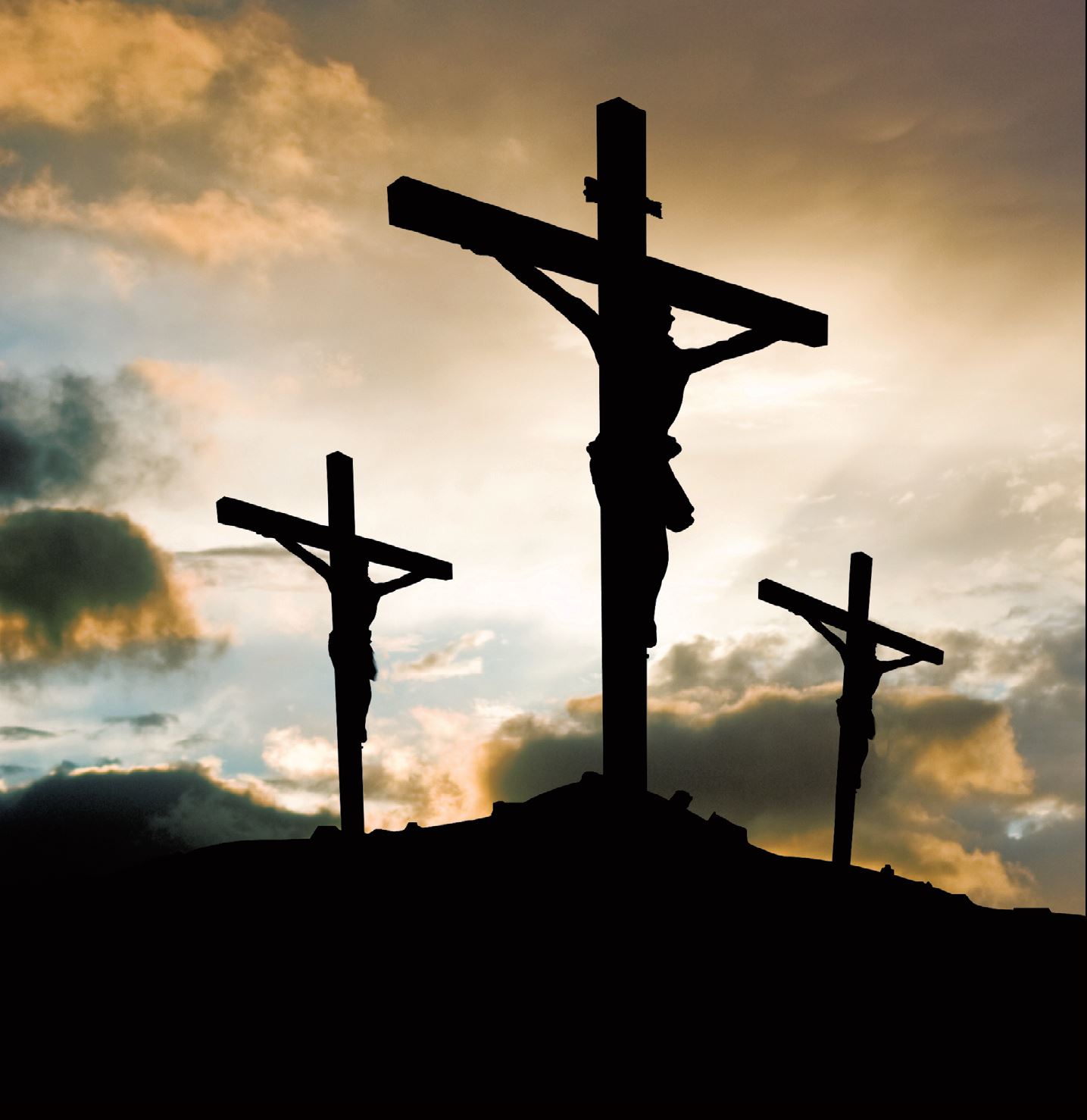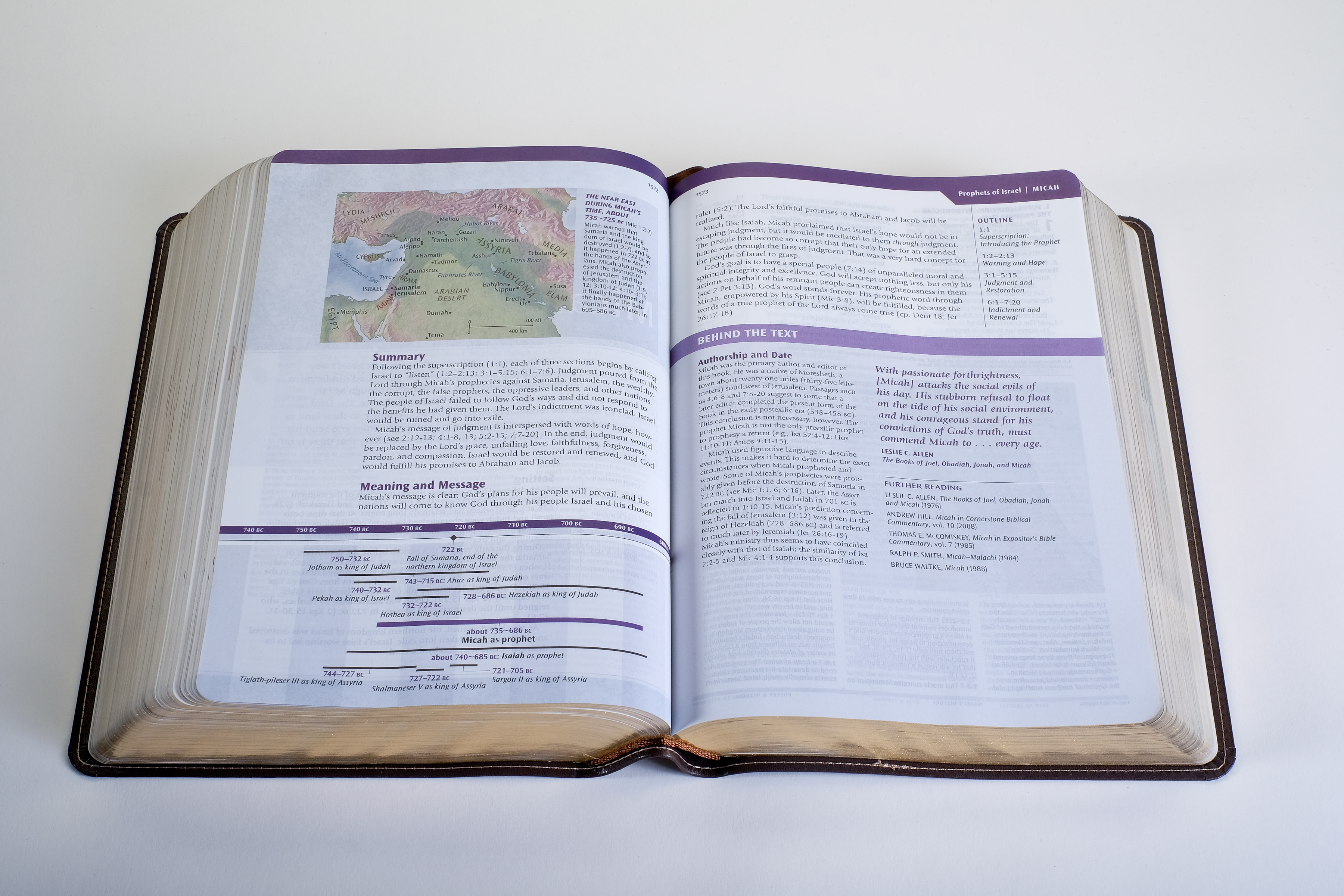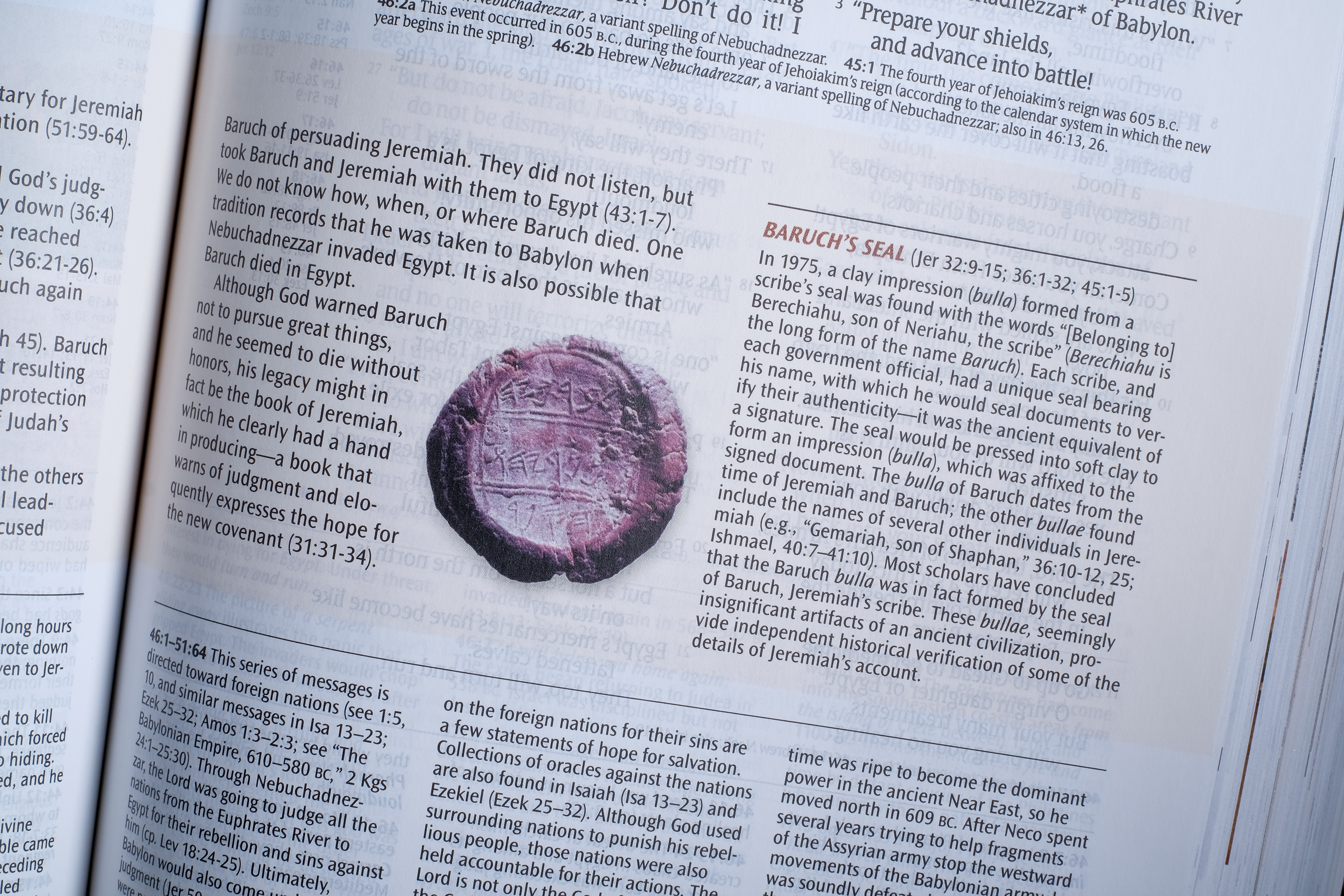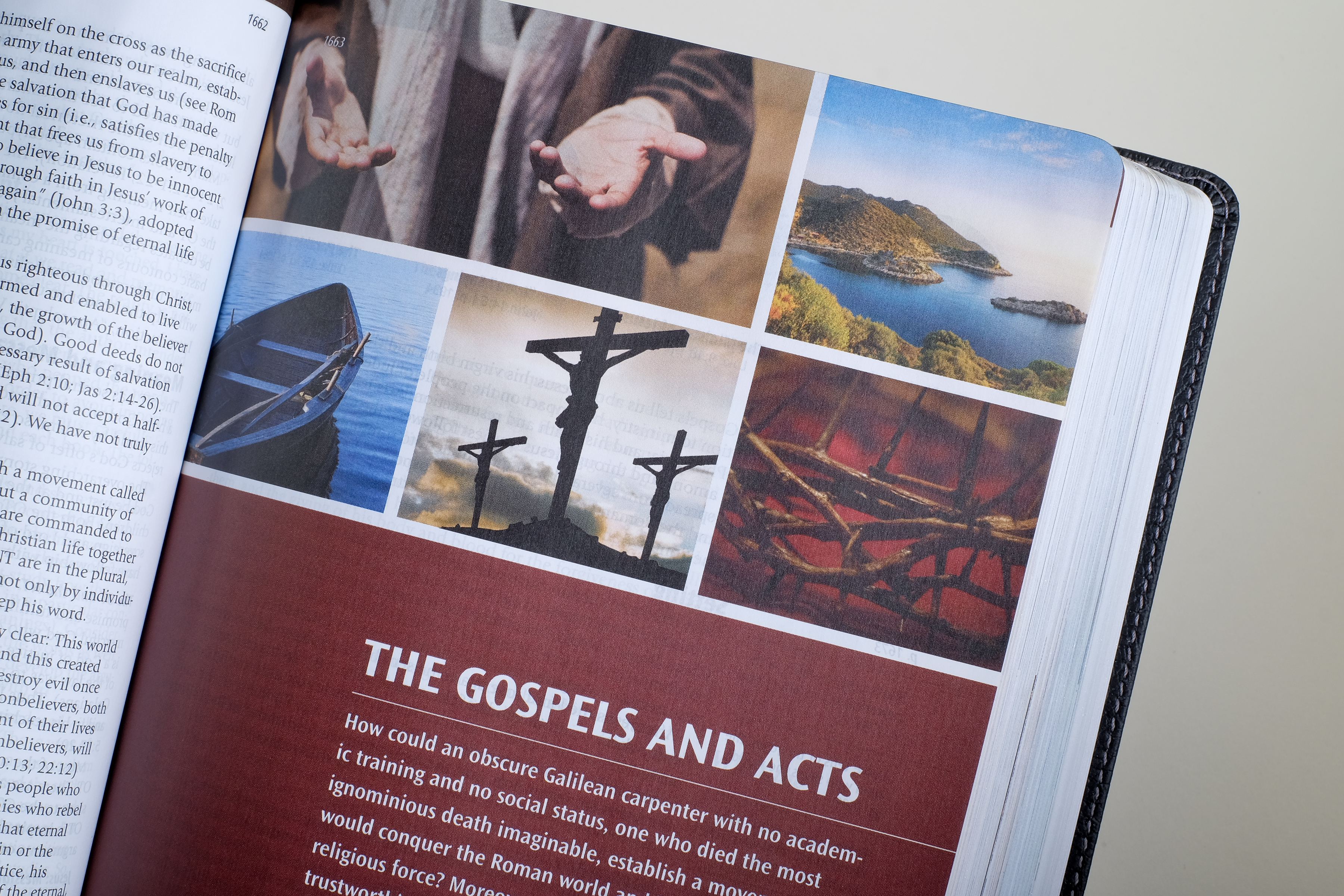Article from the Illustrated Study Bible

“It was the day of preparation, and the Jewish leaders didn’t want the bodies hanging there the next day, which was the Sabbath (and a very special Sabbath, because it was Passover week). So they asked Pilate to hasten their deaths by ordering that their legs be broken. Then their bodies could be taken down.” John 19:31, NLT
At the beginning of John’s Gospel, John the Baptist introduced Jesus by calling him the “Lamb of God” (1:29, 36). This odd phrase might refer to the sacrificial lamb that was killed daily in the Temple (Exod 29:38‑46) or to the sacrificial lamb of Isa 53:7 (cp. Acts 8:32‑35; Rev 5:5‑14). Both of these sacrifices spoke of rescue and forgiveness from sin.

However, this was not all that John had in mind. John presented Jesus as the Passover lamb whose death marks the central event of the Passover season (see Exod 12:46; Luke 22:7; 1 Cor 5:7). In the first century, Jews made a pilgrimage to Jerusalem each spring to celebrate the Passover and to reread the story of the Exodus (see Exod 12–15). When Israel was being rescued from Egypt, the blood of a lamb was sprinkled on the doorposts of each Jewish home in Egypt and saved those inside from death (Exod 12). Jews who came to Jerusalem to celebrate the Passover needed to supply a perfect young lamb for sacrifice. The animal could not be diseased or have broken bones.
Jesus used his final Passover meal to show that his sacrificial death would give new meaning to the festival (Mark 14:17‑31). In John, the cross became an altar where Christ, the Passover lamb, was slain. Jesus’ legs were not broken (John 19:33), fulfilling a Passover rule (19:36; Exod 12:46). Blood ran freely from his wound (John 19:34), showing that his life was being exchanged for others. Just as a lamb died to save the lives of Jewish families at the Passover in Egypt, so, too, the death of the Son of God on the cross serves to bring salvation to the world.
Learn more about the Illustrated Study Bible






